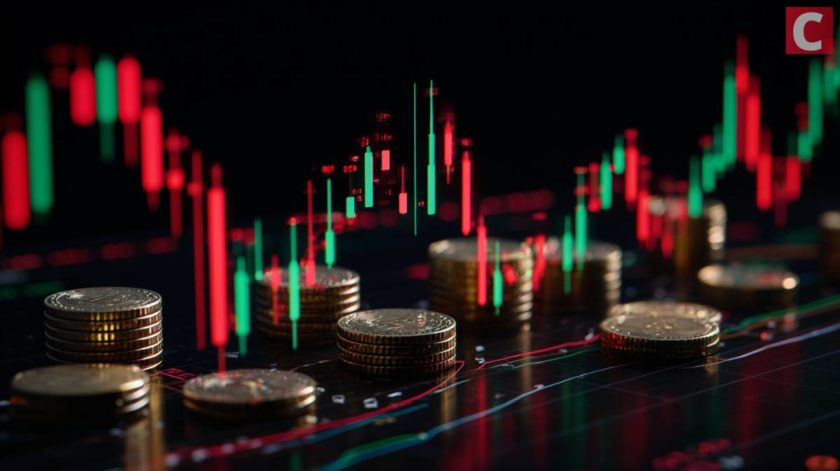4.
Cryptocurrencies are increasingly gaining popularity, and there are more traders who want to benefit from price fluctuations.
Bitcoin’s rate has had a wild ride over the past two years — surging to its all-time high around $19,800 and then losing one-third of its value in just a few days, continuing to drop throughout 2018 to as low as $3,200. However, in April 2019, things started to change again, and the current price of Bitcoin — over $12,171, as of press time — is far from pessimistic.
Bitcoin futures trading was launched by the Chicago Board Options Exchange (CBOE) and the Chicago Mercantile Exchange (CME) during the peak of the crypto bull market in December 2017. The move was a huge milestone for the whole crypto industry, as a futures contract allows investors to hedge positions and reduce the risk of the unknown, which is quite relevant for cryptocurrencies. In other words, trading Bitcoin and altcoin futures enables major traders to mitigate their risks by signing a contract that settles directly to an underlying auction price of a particular cryptocurrency.
Moreover, there are, obviously, many traders who want to benefit from those drastic changes by trading derivative contracts for Bitcoin and major altcoins. To make a profit from a sudden change in the underlying asset’s price, the trader can buy a cryptocurrency at a low price and sell it at a higher price later. However, this strategy is only relevant during a bull market and is quite risky, as are all other attempts to speculate on the price of the underlying asset.
Another strategy is called shorting, which is a way to profit even from a crypto bear market or a market that is currently experiencing a downtrend. To short, the traders usually borrow the assets from a third party — whether it be an exchange or broker — and sell them on the market when they expect the price to decrease. As the coin’s price goes down, the trader purchases the same amount of assets back for a lower price and profits from the price movement, while the exchange or the broker gets paid a commission.




